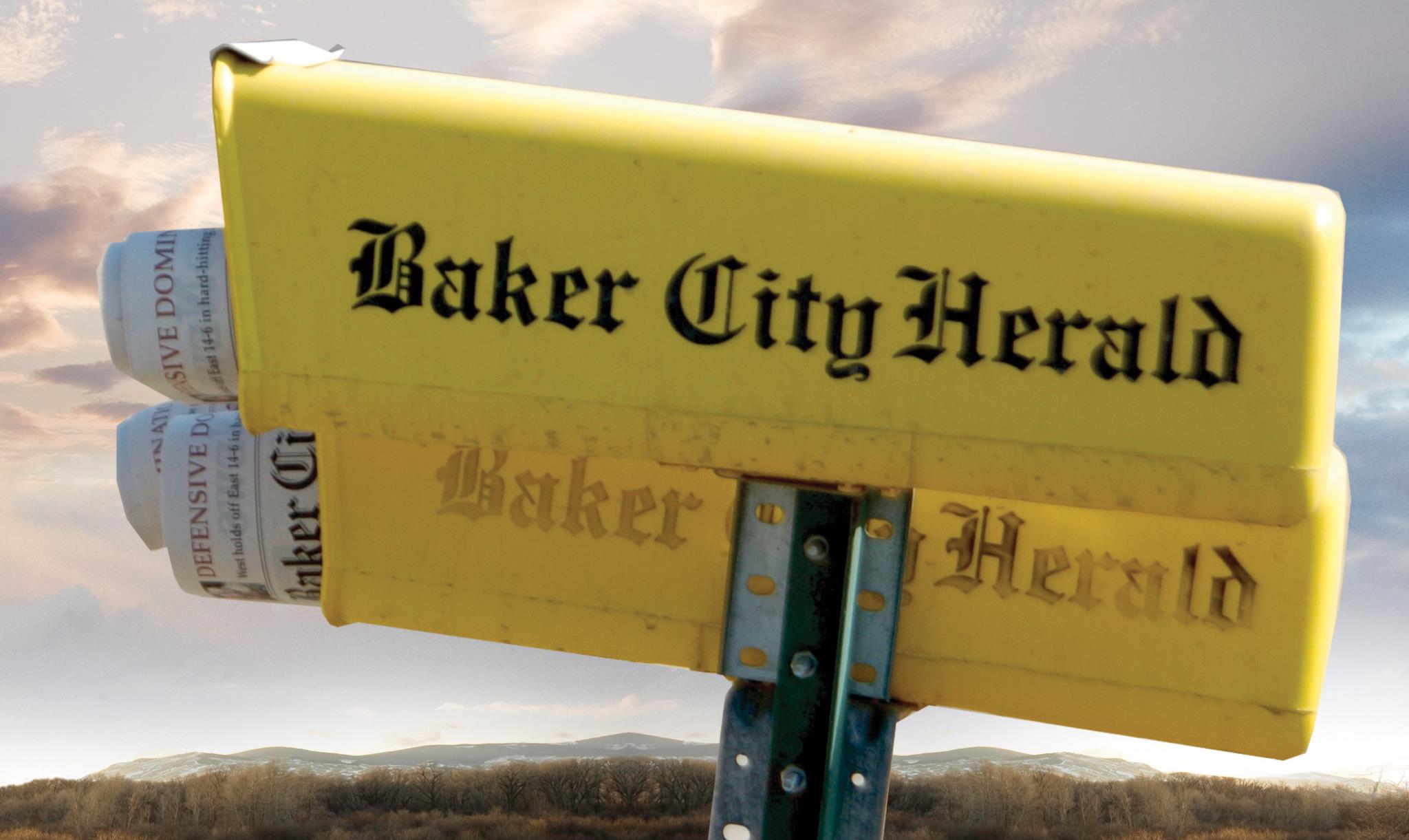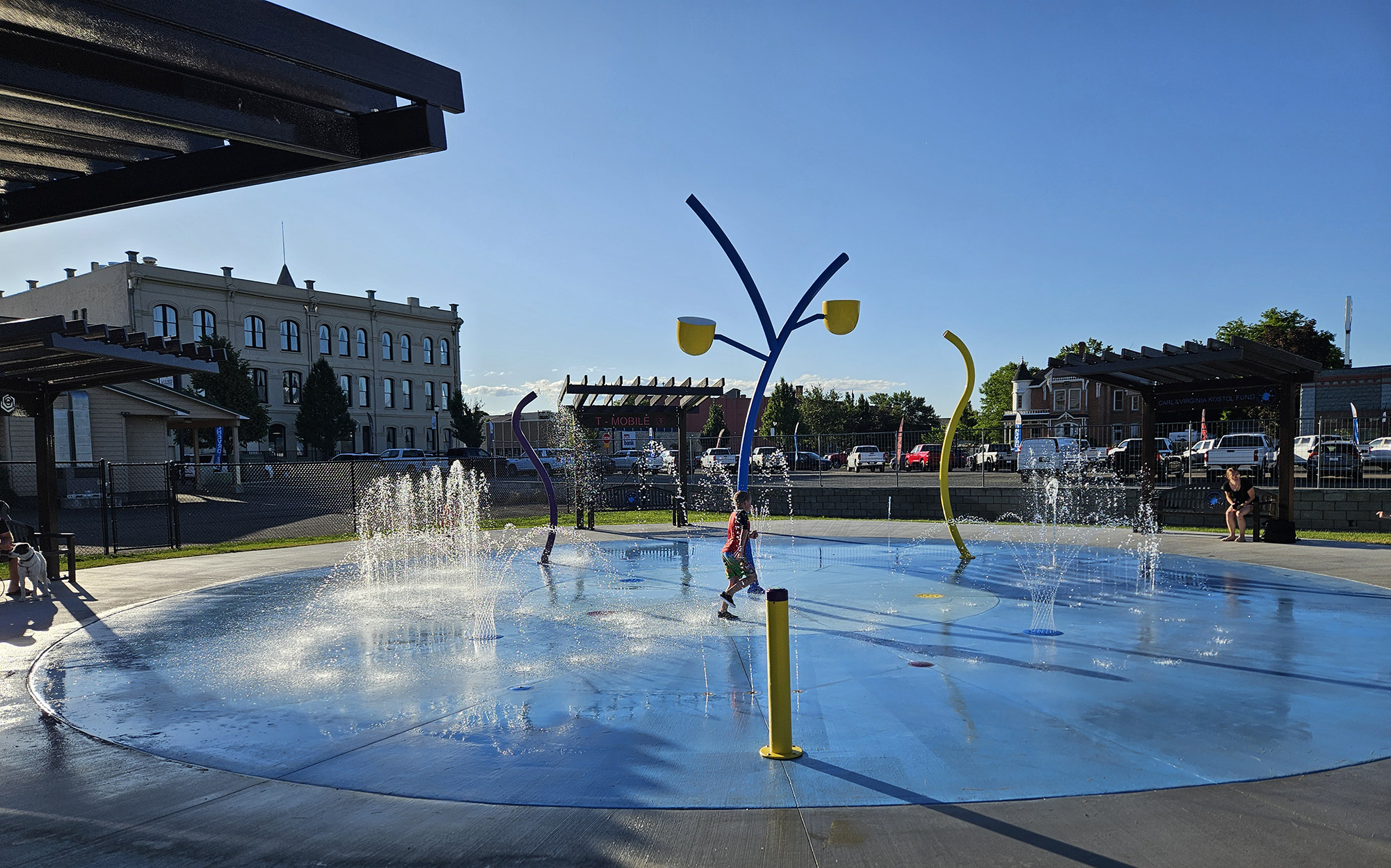Listening, looking ahead
Published 2:25 pm Monday, December 3, 2018
The Baker School Board and school district officials plan to spend a lot of time listening to voters in the wake of the Nov. 6 defeat of a $48 million tax levy that would have paid to build a new elementary school and upgrade existing buildings.
The board certainly didn’t have to try hard to understand the voters’ main message.
If votes equaled decibels, the results were deafening — 4,747 voters, 68 percent of those who cast a ballot, were opposed.
Superintendent Mark Witty was realistic in acknowledging, during a board work session last week, that “there’s no way” voters would approve a similar bond measure.
And that means the school district won’t be building a new elementary school for grades 1-6. The new school was by far the most expensive item — about $37 million — the bond measure would have paid for.
This at least allows board members and district officials to narrow their scope and focus on the other projects they hope to accomplish.
These include renovating Baker High School, which is at about half its student capacity, to accommodate seventh- and eighth-graders in a separate area. The current enrollment at the middle school exceeds the building’s capacity by about 60 students.
The high school renovation is estimated to cost $11 million, including making the building more secure and energy efficient.
District officials also want to make similar security, safety and efficiency upgrades at other schools, including Keating and Haines.
A bond packaging the BHS renovation and the improvements to other schools likely would be about one-third the total cost of the defeated measure — roughly $16 million.
That would trim the cost to property owners to approximately 66 cents per $1,000 of assessed value over about 30 years.
As the board proceeds with its plan to solicit voters’ opinions about the future of the district’s buildings, this or some other pared down version of the Nov. 6 bond could serve as a basis for the discussion.
The scale of the defeat last month is significant, to be sure — dauntingly so.
Board director Andrew Bryan said during last week’s work session that he believes the public conversation about the measure was successful, but “the failure was the dollar amount.”
Bryan is right, of course.
What’s not certain is whether there is a threshold that would prove palatable to a majority of voters, and if there is, what the dollar figure is.
We hope the district’s effort to engage with voters will help to answer those questions.
And although we agree with the board’s consultant, Connie Potter, who urged board members and district officials to “let it lie for a little bit” and then “listen, listen, listen to what your community has to say,” the inefficient use of both the middle school and high school buildings, and the security and energy efficiency issues at existing schools, will continue.
One rejection by voters shouldn’t discourage the district from trying to deal with those problems. Based on last week’s work session, we’re confident that district officials will keep trying to find an acceptable solution.
— Jayson Jacoby, Baker City Herald editor







